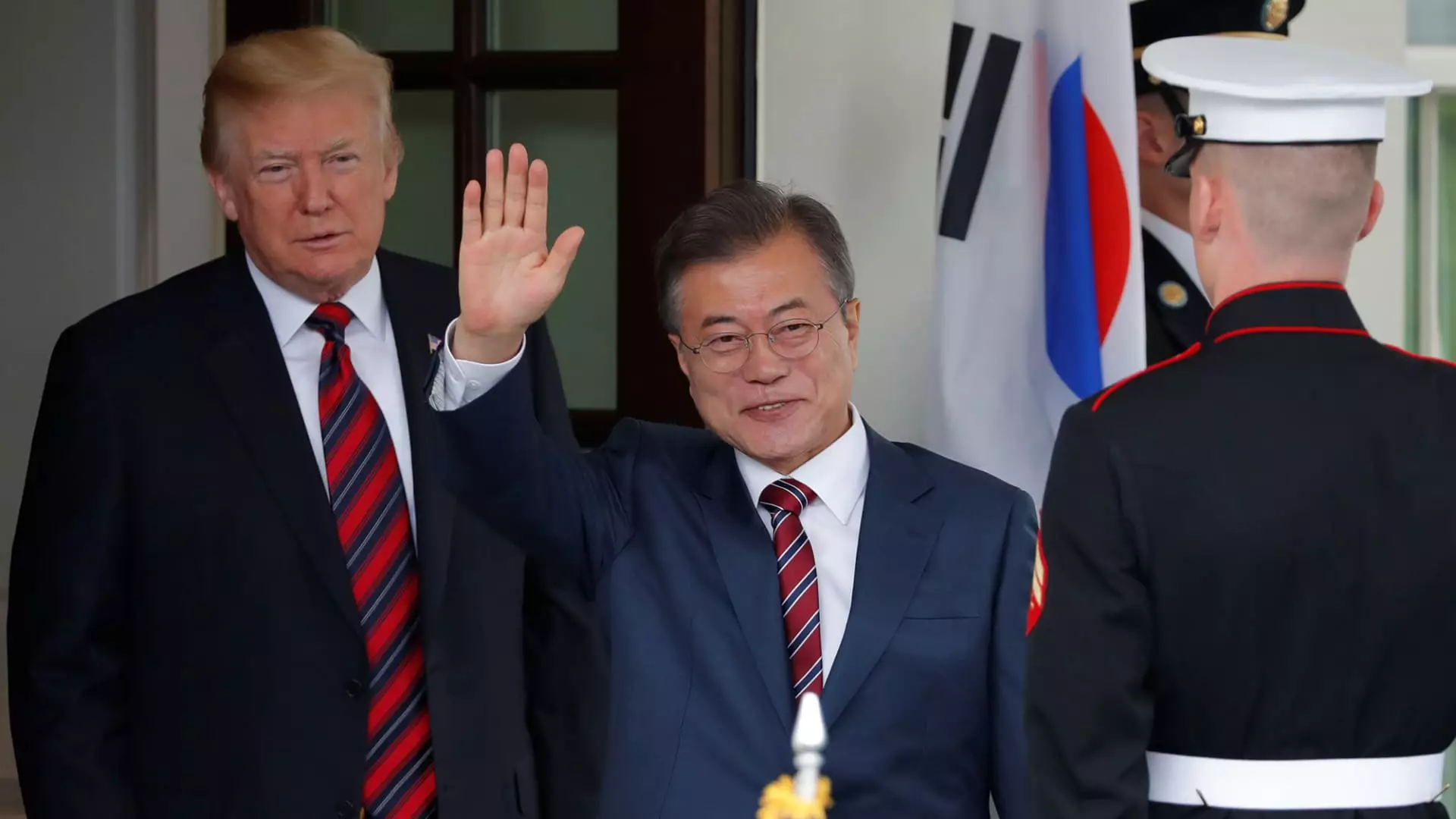The auto industry often finds itself at the crossroads of trade policies and international tariffs. As President Donald Trump considers increasing tariffs on imports, particularly from East Asian nations like Japan and South Korea, the implications for the U.S. auto market are significant. Understanding the dynamics of vehicle imports and the competitive landscape is crucial for stakeholders as they navigate potential changes in trade policy.
Recent data highlights the importance of South Korea and Japan in the U.S. automotive market. Collectively, these two nations accounted for about 16.8% of the vehicles sold in the U.S. in the previous year, with South Korea outpacing Japan to become the second-largest exporter of cars to the country. As American consumers increasingly opt for vehicles from these exporters, a looming increase in tariffs could disrupt the delicate balance of supply and demand.
The automotive trade structure is predominantly shaped by the tariff regime. Currently, South Korean imports enjoy an impressive 0% tariff rate, creating favorable conditions for manufacturers like Hyundai, which has emerged as the leading foreign exporter to the United States. In contrast, Japanese imports, such as those from Toyota and Honda, are subject to a 2.5% tariff. This discrepancy raises questions about equity in market access and competition among domestic and foreign automakers.
The import dynamic is especially critical as General Motors (GM) and Hyundai maintain robust export relationships with the U.S. Hyundai has notably increased its exports from South Korea while GM has significantly ramped up its import volumes from the region. Such trends indicate a strong dependency on these foreign markets, compounding the potential risks tied to Trump’s tariff policies.
The implications of heightened tariffs on vehicles could resonate throughout the entire automotive supply chain. Tariffs function as a financial burden imposed on foreign goods, potentially leading to higher prices for U.S. consumers. Experts suggest that automotive companies might pass on the additional costs to buyers in order to maintain their profit margins. As a result, the cost implications could deter consumers from making vehicle purchases, adversely affecting demand in the long run.
The automotive landscape is not only influenced by tariffs but is also contingent on consumer preferences and technological advancements in vehicle manufacturing. Manufacturers are increasingly focused on integrating electric and hybrid technologies into their models, which may require significant investment. An increase in tariffs at this crucial juncture could detract from resources that would otherwise be used for research and development.
Despite the challenges associated with potential tariffs, industry experts assert that the automotive sector is adept at adapting to changing circumstances. Terence Lau, a trade expert and dean at Syracuse University, posits that while the industry is capable of pivots, they are not instantaneous. Instead, manufacturers need time to adjust their production strategies, supply chains, and pricing structures.
Moreover, there’s a growing call for a more comprehensive approach to tariffs. Ford Motor Company’s CEO Jim Farley emphasizes the necessity for a balanced tariff policy that does not unfairly penalize specific industries or exporters. By proposing a holistic look instead of selectively targeting foreign competitors, Farley aims to foster a fairer playing field for all automakers.
As the U.S. administration deliberates on tariff policies, the automotive industry remains in a state of uncertainty. On one hand, maintaining robust trade relationships with key partners like South Korea and Japan is paramount for supporting auto sales; on the other, imposing tariffs could be seen as a strategy to bolster domestic production.
Looking ahead, the automotive industry will need to consider how tariffs affect not only current sales but also long-term growth potential. Collaboration across sectors may be vital in navigating these complexities, driving innovations, and ensuring that both manufacturers and consumers thrive amidst shifting trade policies.
While tariffs present risks for the U.S. automotive market, understanding the broader implications and industry dynamics is crucial for all stakeholders involved. As the landscape continues to evolve, close attention to policy changes will be essential for ensuring sustained growth and competitiveness in the global auto industry.

